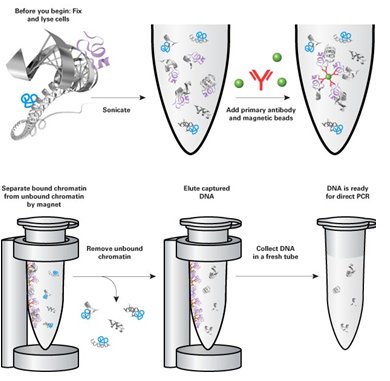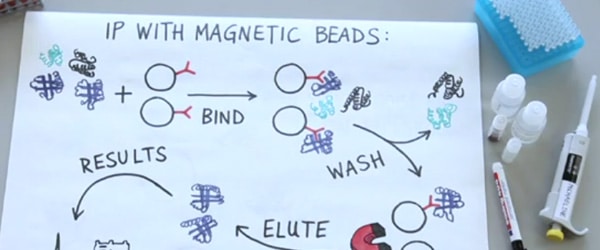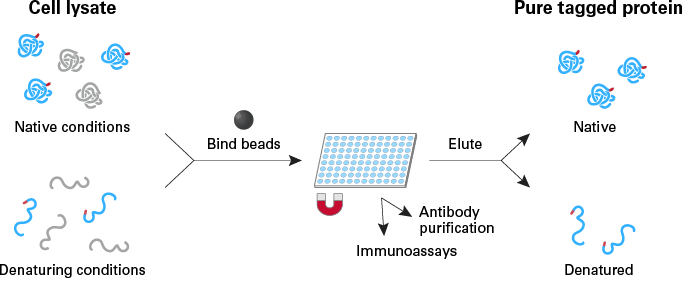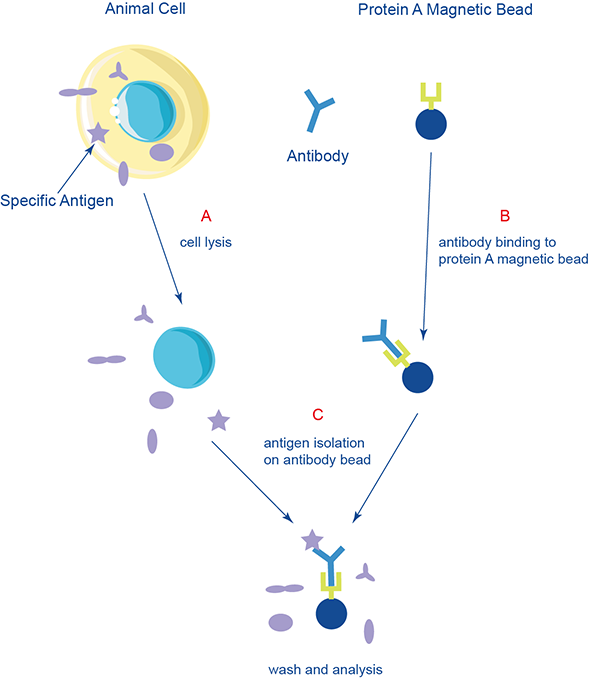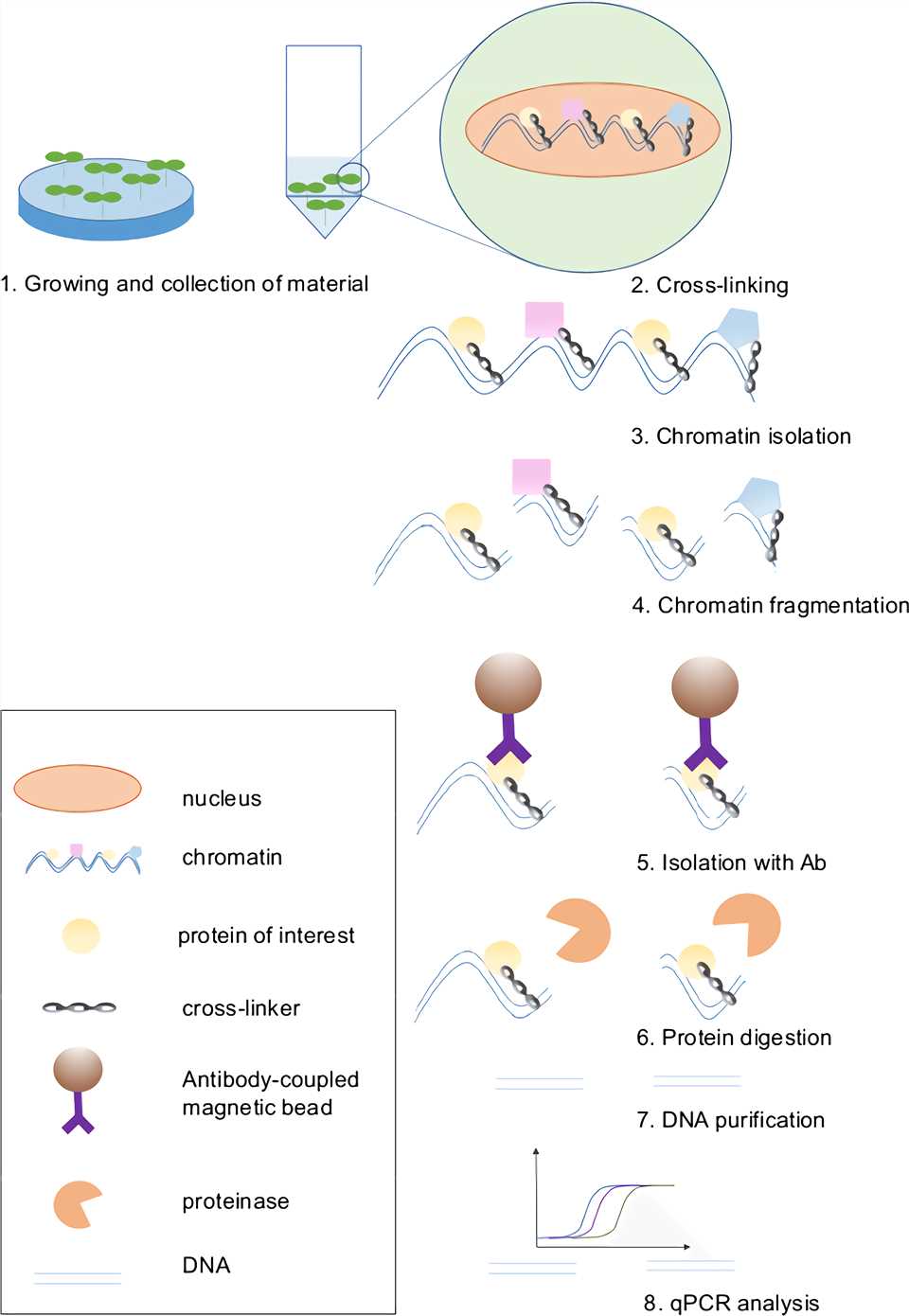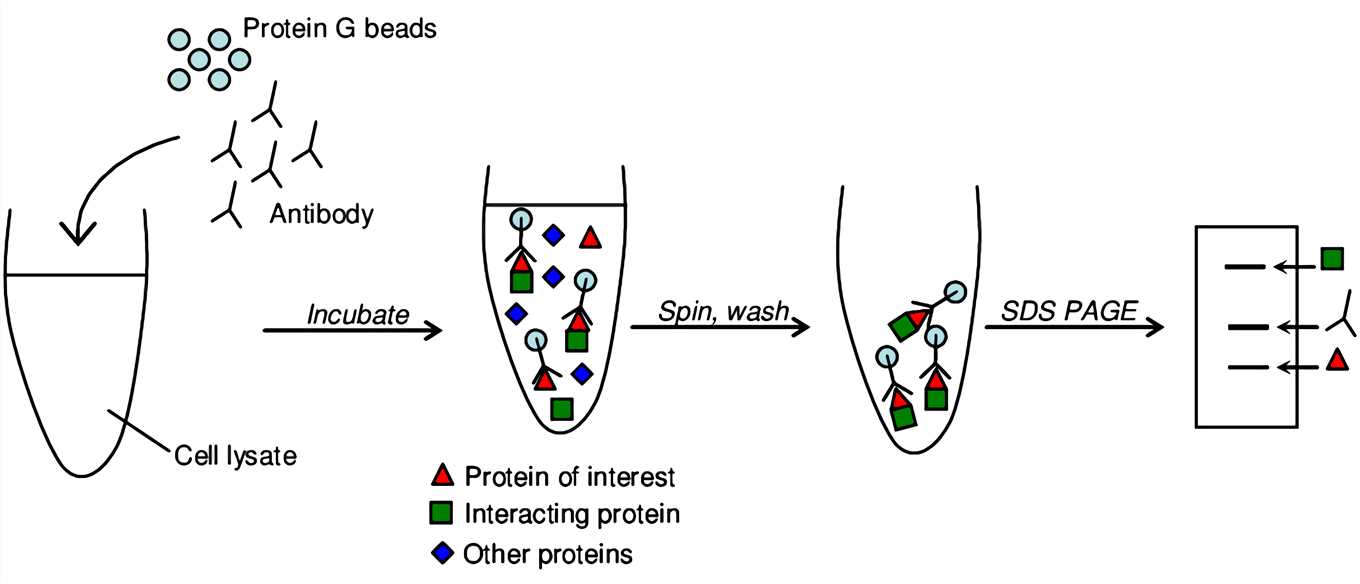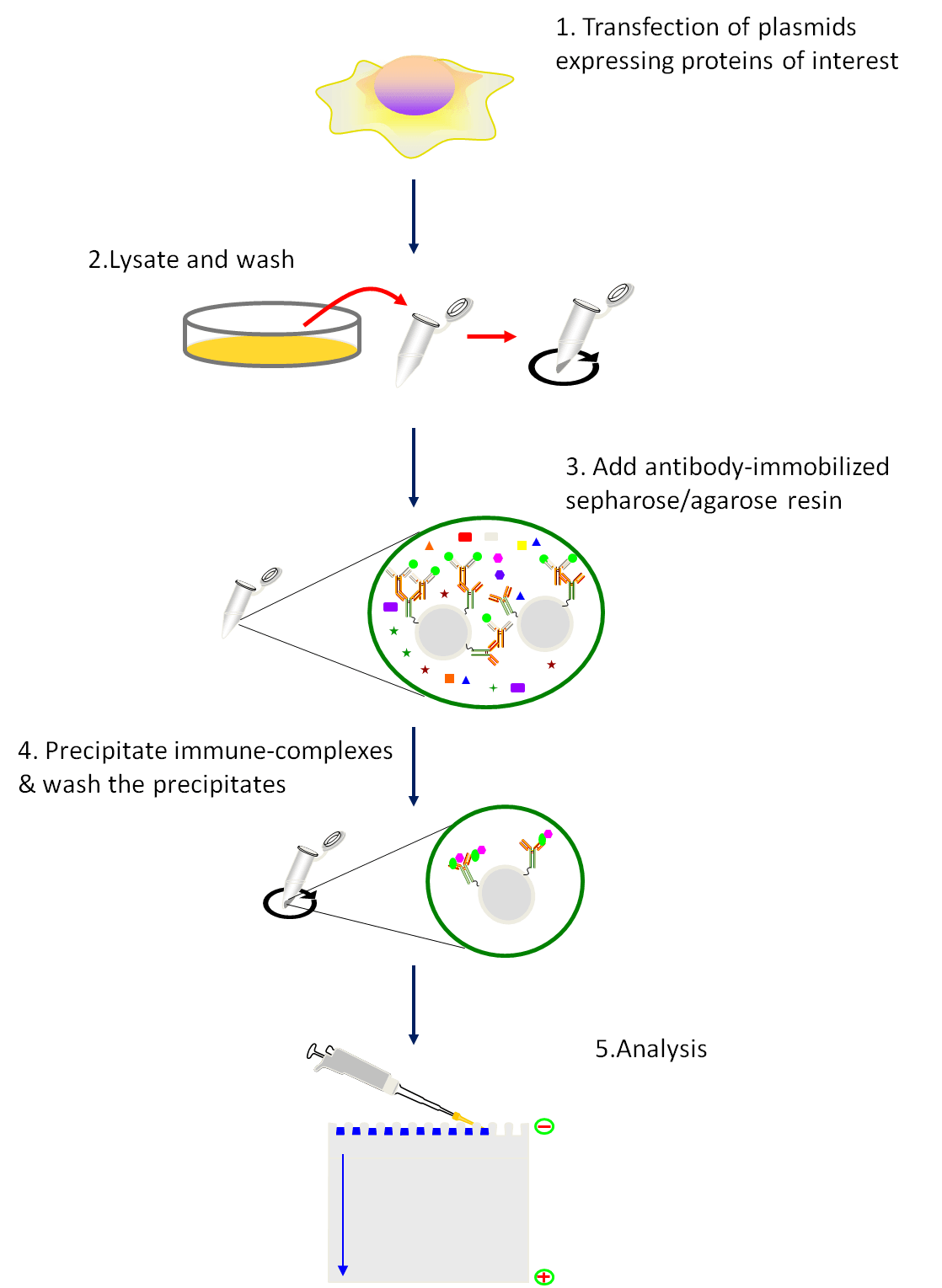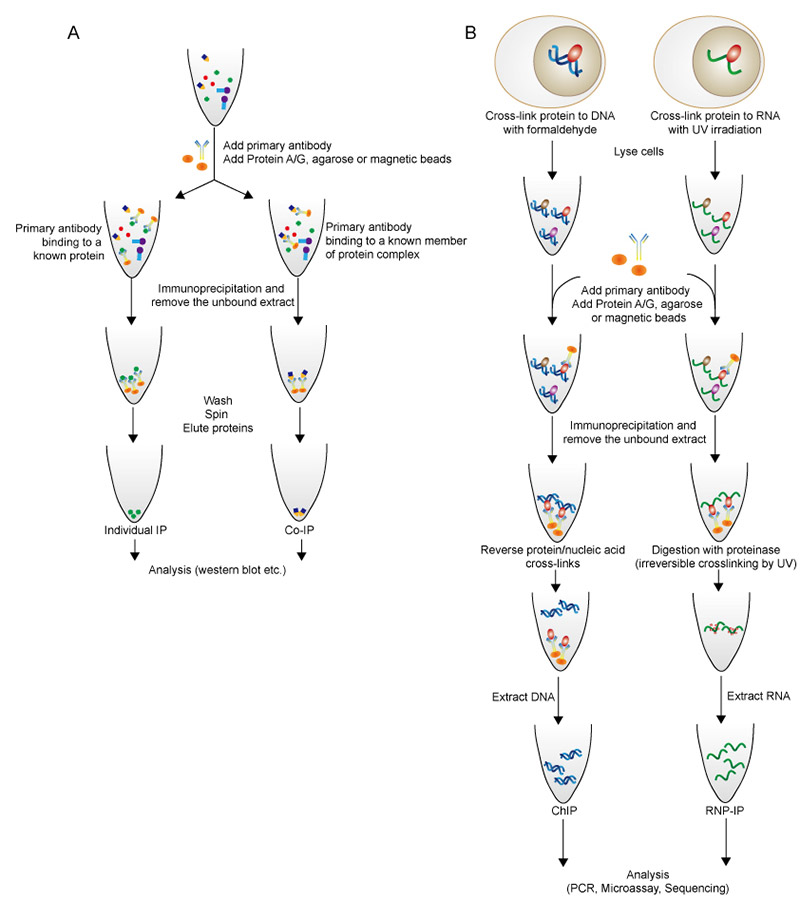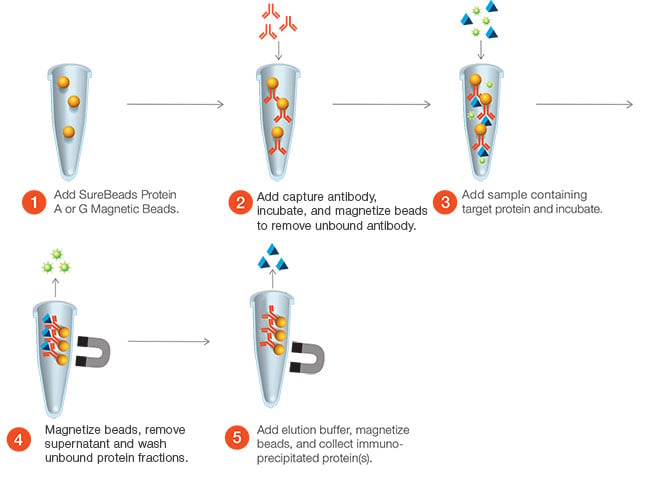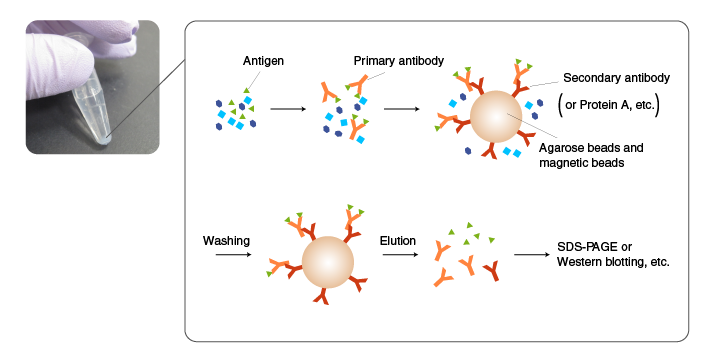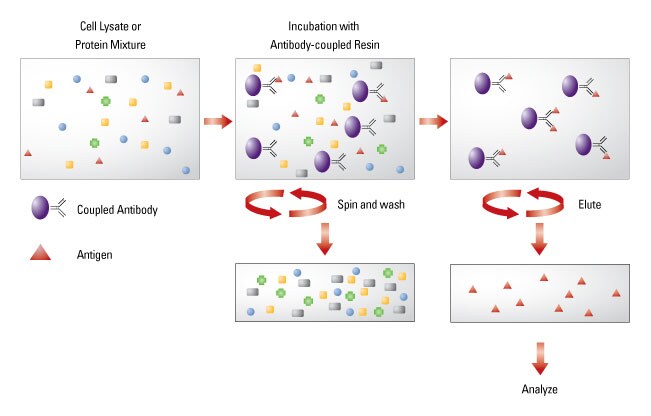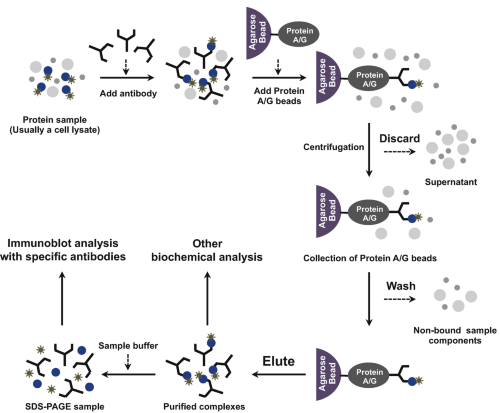
Co-immunoprecipitation and semi-quantitative immunoblotting for the analysis of protein-protein interactions: STAR Protocols

An Optimized Immunoprecipitation Protocol for Assessing Protein-RNA Interactions In Vitro - ScienceDirect

Co-immunoprecipitation (Co-IP) is used to pull down an entire complex of intact protein complexes in order to identify unknown members of the complex. The EpiXplore Co-Immunoprecipitation Kits are designed to evaluate protein-protein complexes, either ...

Co-immunoprecipitation and semi-quantitative immunoblotting for the analysis of protein-protein interactions: STAR Protocols
